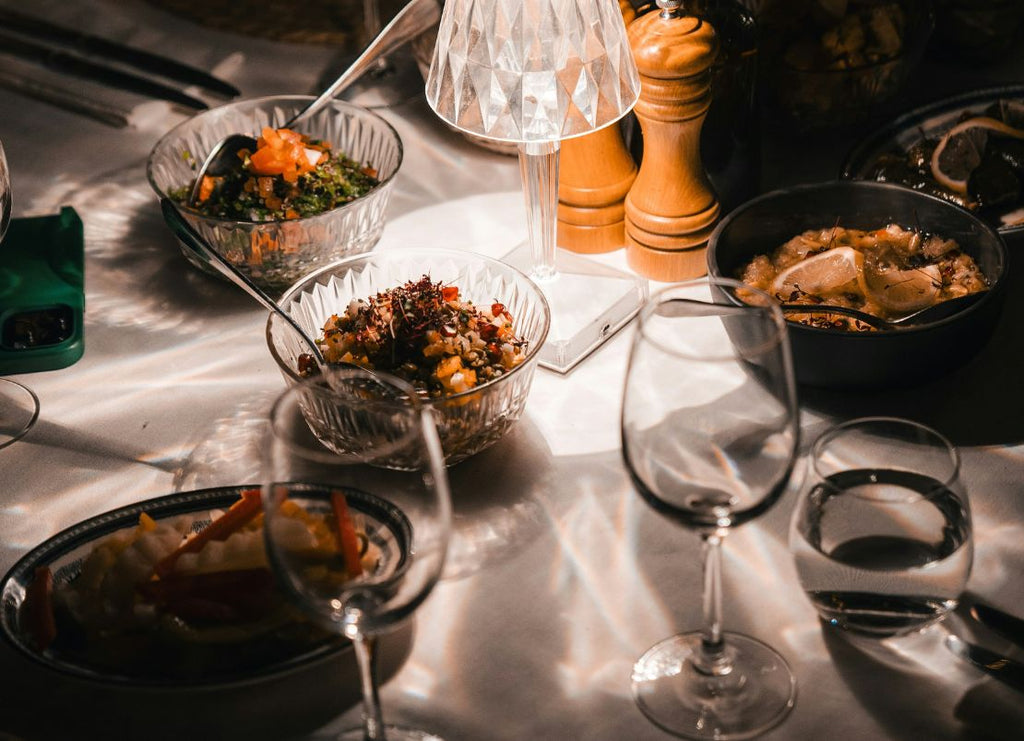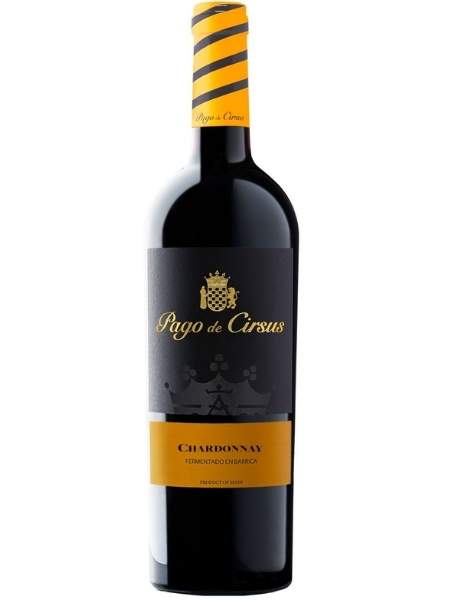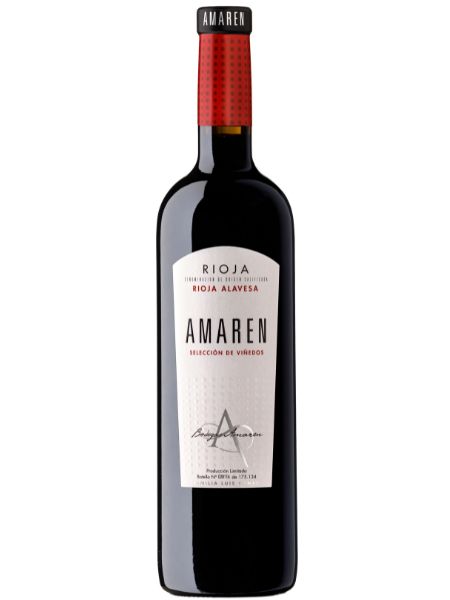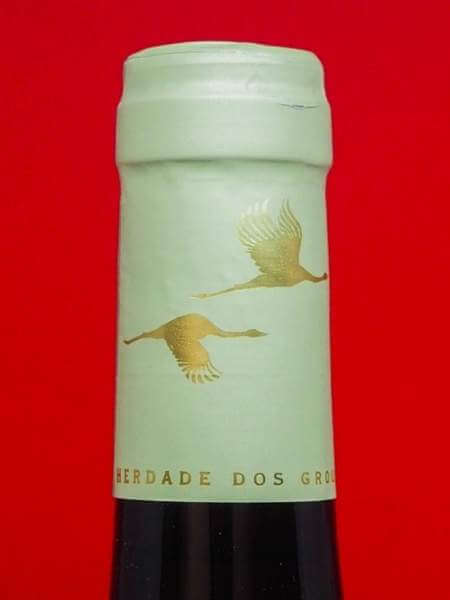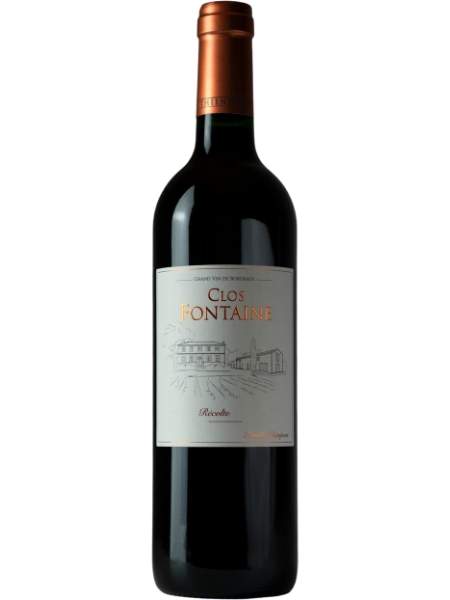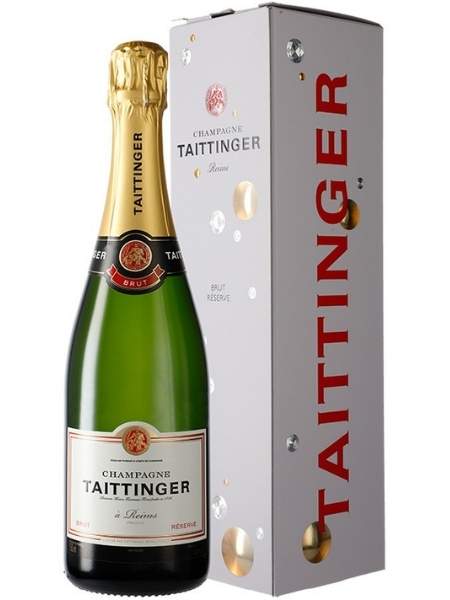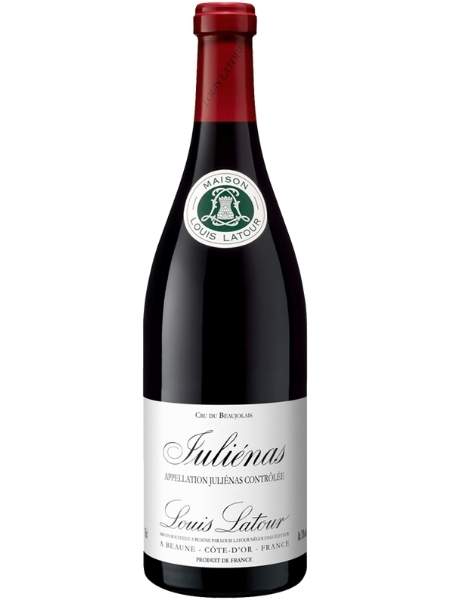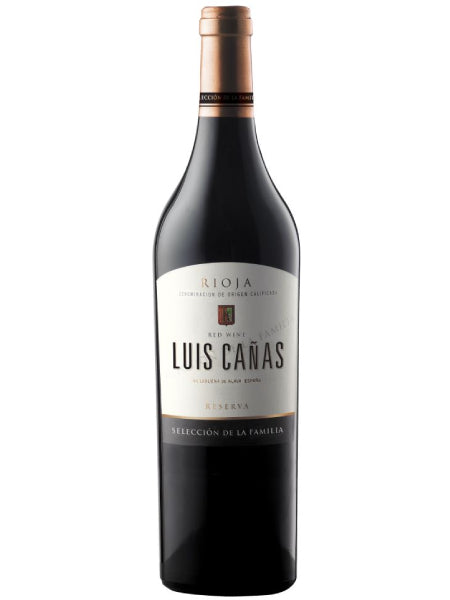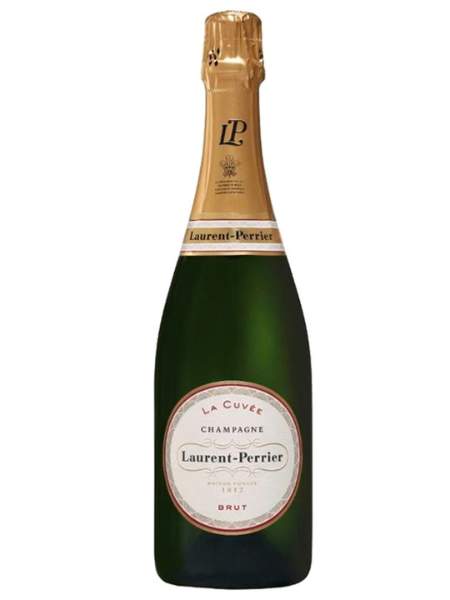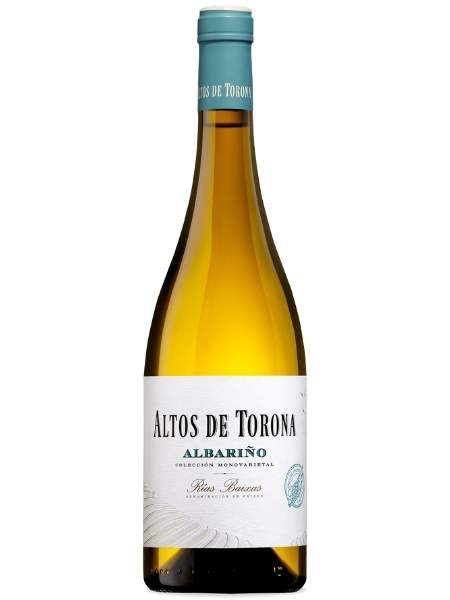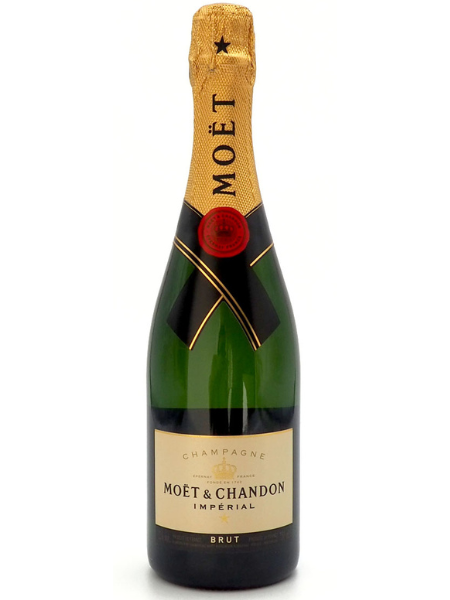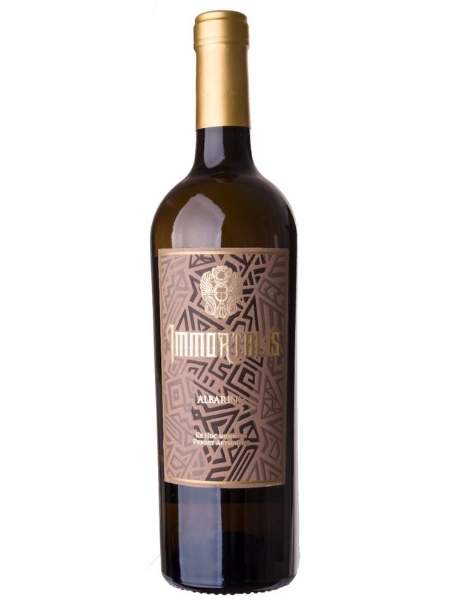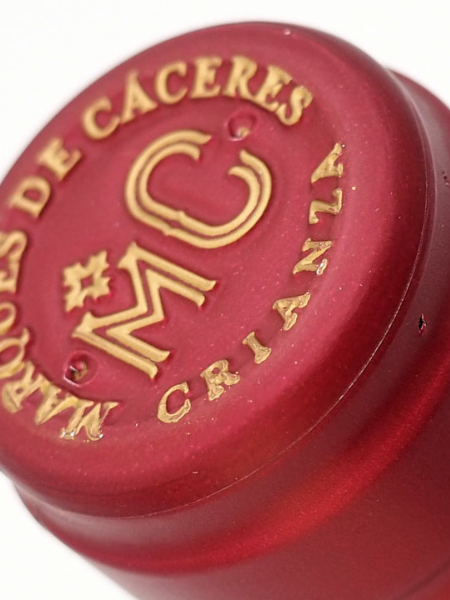
All You Need to Know About Italian Wines

Italian wine is renowned worldwide for its exceptional quality and reputation. With over 1,000 unique grape varieties and 20 distinct wine regions, Italy has a rich and diverse winemaking history that has evolved over centuries.
The origins of Italian wine date back approximately 4,000 years, when ancient civilizations pressed wild grapes to create wine through fermentation. The Greeks, upon invading southern Italy, referred to the colonies as Oenotria, or "the land of wine." The Etruscans, residing in central Italy, developed their own subtle and serene winemaking techniques. The Roman Empire further expanded the wine industry through a flourishing trade network spanning the Mediterranean.
In this article, we will closely examine Italian wine, its history, and what makes it so special.
Popular Italian Wine Regions:
Here are some examples of the most famous wine regions in Italy:
Piedmont: The wines of Piedmont primarily use local grape varieties. The most commonly used grapes for red wine production are Nebbiolo, Dolcetto, Barbera, and Freisa. For white wines, varieties like Arneis, Cortes, Favorita, and Moscato are used.
The DOCGs of Barolo and Barbaresco are particularly renowned. These are located in villages such as Barolo, Castiglione Falletto, and Grinzane Cavour, among others. Barolo is considered the "wine of kings and the king of wines." It is highly sought after and quite expensive. Wines like Nebbiolo, Barbera, or Dolcetto d'Alba are more affordable options. The region also produces Asti Spumante and Moscato d'Asti, which are famous Italian sparkling wines. Overall, Piedmont is a region rich in diverse and high-quality wines.
Tuscany: As the most important wine-producing region in Italy, Tuscany represents the revival of Italian wine. This renaissance started about 30 years ago in the central part of the region and quickly spread to the Mediterranean coasts, which were not previously known for wine production. The major advancements have been seen in classic red wines made from the local Sangiovese grape, such as Chianti, Brunello di Montalcino, Vino Nobile di Montepulciano, and Carmignano.
The production of high-end "alternative" wines, which began as a trend in the 1970s, has played a crucial role in improving the overall quality of Tuscan reds. These sought-after wines, known as "super Tuscans," continue to thrive and have made Tuscany famous worldwide.
Veneto: It's important to note that in Italy, native grape varieties are well-suited to the local terroir. In Veneto, red wines often use grape varieties like Nebbiolo, Barbera, and Sangiovese. For white wines, Trebbiano and Moscato are the most popular choices.
The region is renowned for wines such as Bardolino (red wine), Soave (white wine), and Prosecco di Conegliano (sparkling wine). Soave is a dry white wine made from the two Italian grape varieties, Garganega and Trebbiano, while Bardolino is produced from grapes like Corvina, Rondinella, and Molinara.
Sicily: The renowned La Planeta estate was the pioneer in showcasing the quality of Sicilian wines worldwide by selling Chardonnay and Merlot. Since then, the native grape varieties, including the red Nero d'Avola, have proven their excellence and gained recognition.
Sicily offers a wide range of wines thanks to its diverse geology and climate. In the eastern part of the island, winemakers take advantage of the unique terroir found on the slopes of Mount Etna. Moving south, Cerasuolo di Vittoria produces delightful light red wines.
In the western region near Palermo, Marsala, a fortified wine made from sun-dried grapes, was born. When the Grillo grape is used to make dry wine, it results in elegant white wines. Sicilian vineyards also produce fantastic sweet wines on the enchanting island of Pantelleria, located off the southeastern coast, and the beautiful Aeolian Islands in the northeast.
Italian Wine Regulation:
The highest level of quality is called Denominazione di Origine Controllata (DOC), which translates to "designation of controlled origin." Italy boasts 329 different DOCs, encompassing various types of wines, ranging from Prosecco's sparkling wines to Tuscany's Vin Santo dessert wines, and a wide selection of red and white wines throughout the country. Each DOC has its own specific regulations concerning permitted grape varieties, maximum yields, and aging requirements.
Denominazione di Origine Controllata e Garantita (DOCG) represents the pinnacle of quality. The DOCG designation was established in 1980 in response to concerns about the varying quality of DOC wines. DOCG wines, on the other hand, are intended to represent the very best of what Italian wines can offer. The first DOCG wines were Barolo and Barbaresco, both red wines made from the Nebbiolo grape in Piedmont, as well as Brunello di Montalcino and Vino Nobile di Montepulciano, which are also red wines made from the Sangiovese grape in Tuscany. Italy currently boasts 74 DOCG wines, predominantly found in the regions of Piedmont, Tuscany, and Veneto.
Italian Grape Varieties:
The most important grape varieties grown in Italy are:
Sangiovese: It is the primary red grape used in Chianti and many other regions in central Italy. Sangiovese is the most commonly grown grape variety in Italy. It produces fruity wines with hints of licorice, red fruits, apricots, and also spices and violets. The wines are vibrant, slightly acidic, and pair perfectly with Italian dishes that have tomato-based sauces.
Nebbiolo: Nebbiolo is a dark-skinned grape variety that is a key component in the greatest wines of Piedmont, such as Barolo, Barbaresco, and Carema. Wines made from Nebbiolo have an intense garnet color with light orange reflections, and their tannins are well-balanced with good acidity.
Prosecco: Prosecco is a sparkling Italian white wine primarily made from the Glera grape variety. It is produced in five provinces of Veneto (Belluno, Venice, Padua, Treviso, and Vicenza) and four provinces of Friuli-Venezia Giulia (Gorizia, Pordenone, Trieste, and Udine). Prosecco is known for its refreshing bubbles and is enjoyed on various occasions.
Pinot Grigio: Pinot Grigio is a versatile and aromatic white grape variety that produces wines with a characteristic opulence and flavor. The wines are full-bodied, round, and linger on the palate. They have complex aromas that can range from earthy notes to floral hints.
Amarone: Amarone is a rich and dry red wine made from partially dried grapes, primarily Corvina, Rondinella, and other approved red grape varieties. Amarone wines often exhibit medium-plus to high acidity, balanced with high alcohol content. They are known for their flavors of black cherry, brown sugar, and chocolate.
Wine is deeply ingrained in Italian culture, often enjoyed alongside traditional Italian recipes. Exploring the splendid vineyards, especially in Piedmont and Tuscany, is a delightful experience. Italy hosts numerous wine fairs, including the Chianti Classico Wine Festival held every September in the charming Tuscan town of Greve in Chianti.
In recent years, the Italian wine industry has made efforts to prioritize sustainability. These efforts include reducing the use of chemicals, promoting biodiversity, and adopting more efficient production methods. Many wineries have embraced renewable energy sources like solar power. Some wine regions in Italy have even received certifications for their commitment to sustainable wine production, such as the "Sostenibilità in Vigna" certification in Tuscany.
Italian wine is cherished worldwide, representing the history and pride of Italy. The diverse and picturesque vineyards create an exceptional landscape. Traditional winemaking techniques, some dating back over 2,000 years, contribute to the wine's distinct character and flavor.
I hope this journey through Italian landscapes and history has captivated you. Discover all the Italian wines in our wine store!
Until next time, wine lovers!



